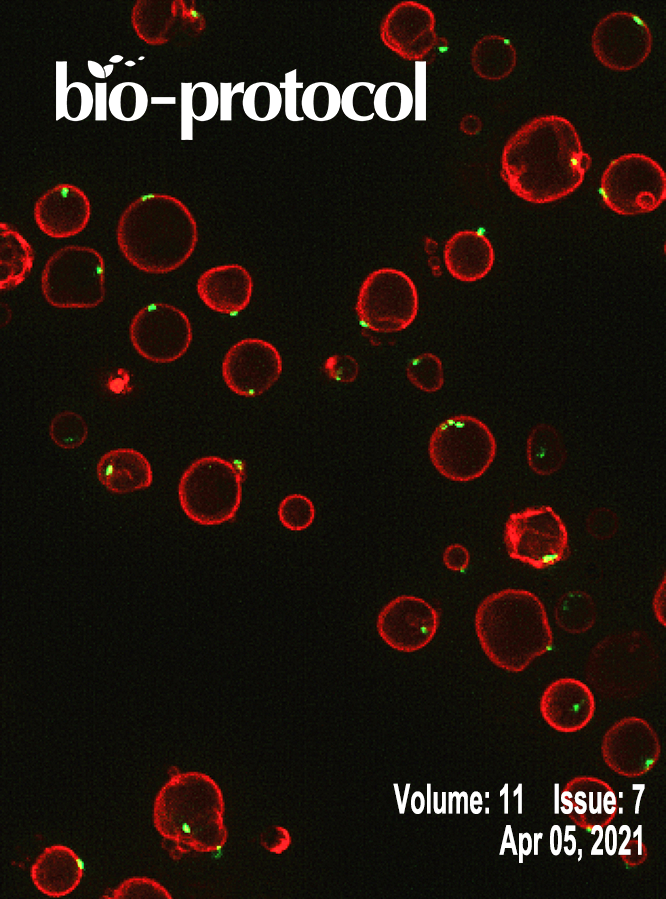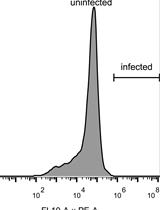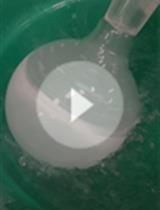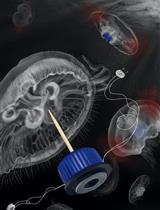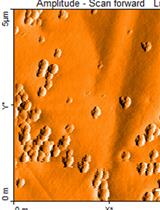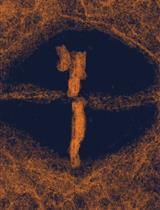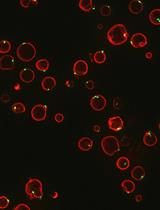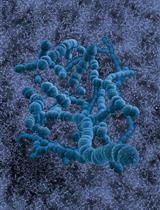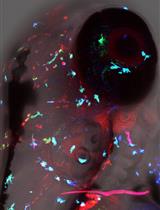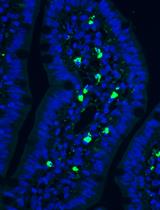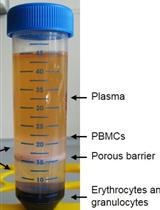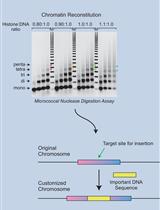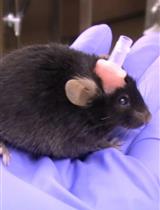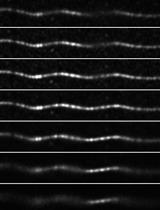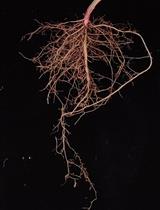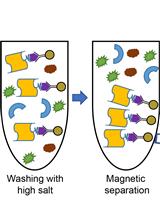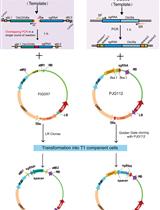- Protocols
- Articles and Issues
- About
- Become a Reviewer
Past Issue in 2021
Volume: 11, Issue: 7
Biochemistry
Expression and Purification of the Human Cation-chloride Cotransporter KCC1 from HEK293F Cells for Structural Studies
Biophysics
FRET-based Microscopy Assay to Measure Activity of Membrane Amino Acid Transporters with Single-transporter Resolution
Developing Biohybrid Robotic Jellyfish (Aurelia aurita) for Free-swimming Tests in the Laboratory and in the Field
Cancer Biology
Atomic Force Microscopy to Characterize Ginger Lipid-Derived Nanoparticles (GLDNP)
Developmental Biology
A Workflow for High-pressure Freezing and Freeze Substitution of the Caenorhabditis elegans Embryo for Ultrastructural Analysis by Conventional and Volume Electron Microscopy
Analysis of TORC1-body Formation in Budding Yeast
Immunology
A Potent Vaccine Delivery System
Brain-localized and Intravenous Microinjections in the Larval Zebrafish to Assess Innate Immune Response
Using the Cecal Ligation and Puncture Model of Sepsis to Induce Rats to Multiple Organ Dysfunction
Ex vivo Assessment of Mitochondrial Function in Human Peripheral Blood Mononuclear Cells Using XF Analyzer
Molecular Biology
Reconstitution of Chromatin by Stepwise Salt Dialysis
Neuroscience
Cranioplastic Surgery and Acclimation Training for Awake Mouse fMRI
Imaging Microtubules in vitro at High Resolution while Preserving their Structure
Plant Science
Measurements of Root Colonized Bacteria Species
In vitro Reconstitution Assays of Arabidopsis 20S Proteasome
A Novel Method to Construct Binary CRISPR Vectors for Plant Transformation by Single Round of PCR Amplification


